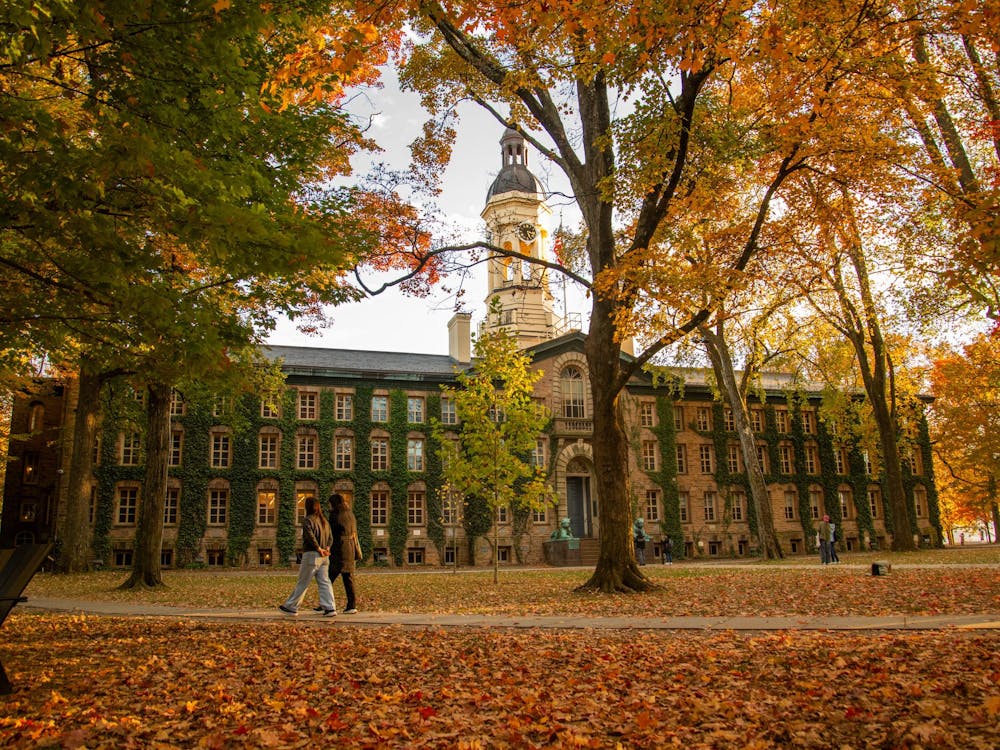This spring will mark the centennial of the defeat of Woodrow Wilson's plan to supplant the eating clubs with a residential college system. Wilson's aim was to foster "unchosen contacts" among those of different backgrounds. Ironically, the implementation of Wilson's four-year residential plan to a truly diverse student body — 100 years after his failure — will likely result in University subsidization of eating club membership.
Such a strategy was proposed last week by Executive Vice President for Administration Mark Burstein. To remove some of the "financial considerations" that currently define student life, the University may increase financial aid for board to allow split meal contracts between clubs and colleges as well as provide as-yet-undisclosed "incentives" to the clubs.
Implicit in this plan are two assumptions: First, that subsidization will facilitate greater diversity of club members, and, second, that all social options are equal in the eyes of the University. In recent comments in the The Daily Princetonian and the Princeton Alumni Weekly, however, President Tilghman highlighted the "negative impact" of selective eating clubs on the "social milieu" and "public perception" of the University. She proposed a system where eating club and residential college membership were linked. In commenting on Cannon Club's planned resurrection as a Bicker club, Tilghman argued that selective membership processes subvert the University's goal of diversity. Whether one agrees or disagrees with her statements, they indicate a certain inconsistency in University policy towards selective clubs: To discourage or to subsidize membership?
To make a coherent policy, objective data is required. Do the clubs truly contribute to socioeconomic and racial stratification at Princeton? While rough estimates of eating club composition have been made based on review of Facebook groups, this approach is inaccurate and should not be used as the basis for analyzing the degree to which minorities are underrepresented in Bicker clubs. It is time for eating clubs and the University to work together to release statistics on the diversity of the membership in various social and dining facilities. What is the proportion of women, minorities and financial aid/work-study students in selective, nonselective and "independent" eating and social contexts? These are questions that demand answers.
By basing its decisions on data and not opinion, the University can seize this unique historical opportunity to shape how the clubs relate to its residential plan and mission. In the past, we have argued that increasing aid to eating club members would contribute to a less divided campus life. Nevertheless, before committing hard cash to ad hoc solutions, it is important to carefully consider how subsidizing club memberships will address or sidestep the social challenges Wilson set for Princeton a century ago.







